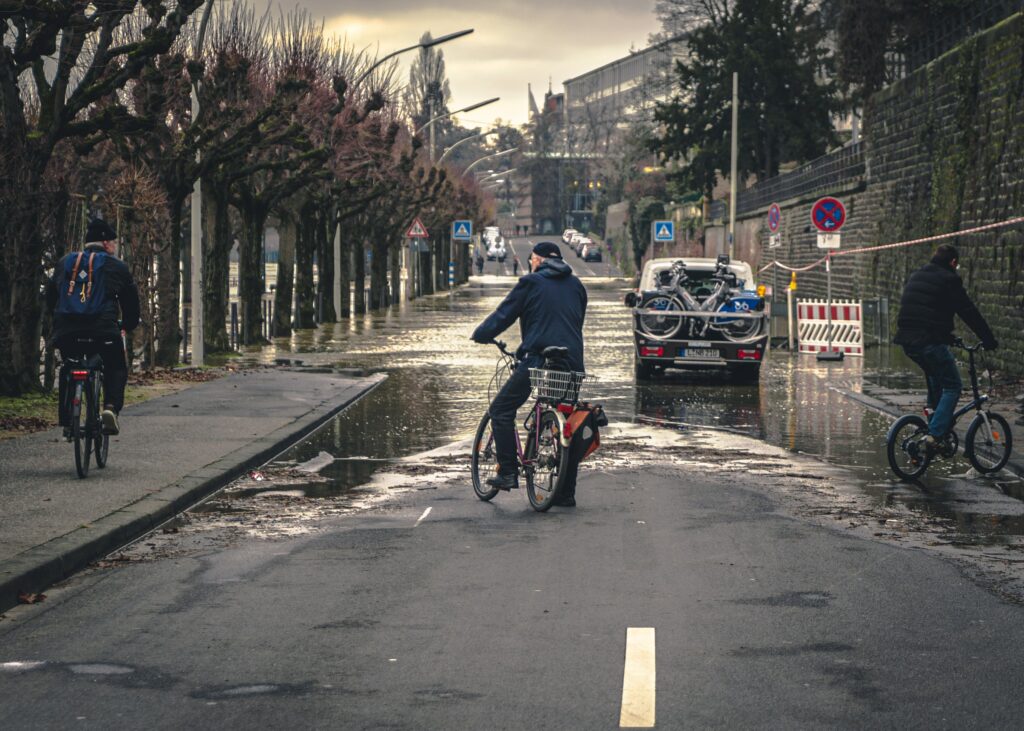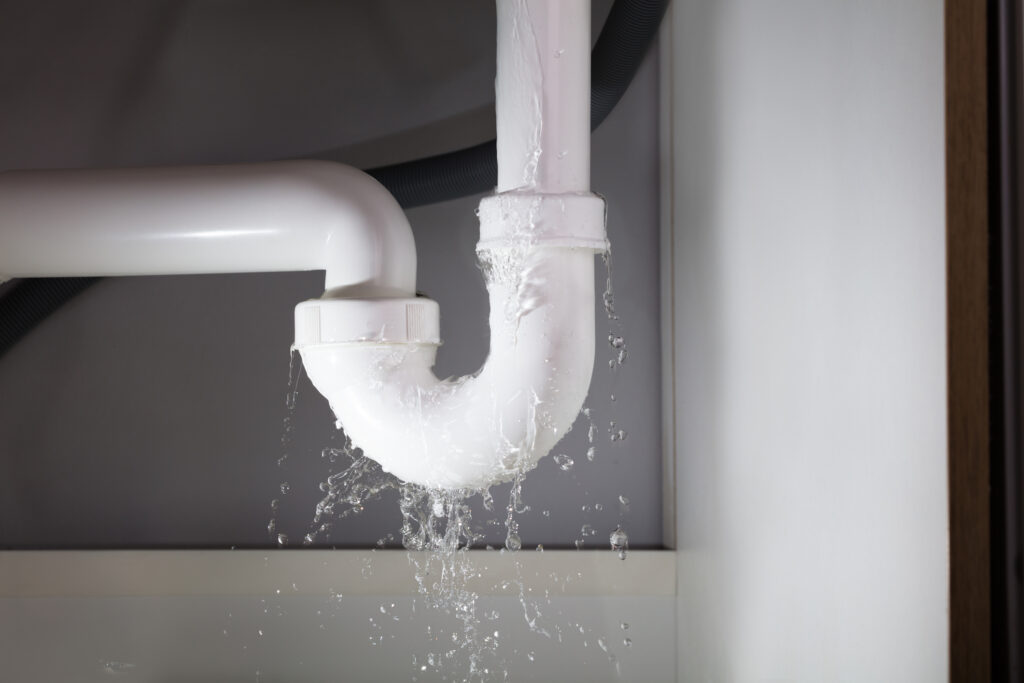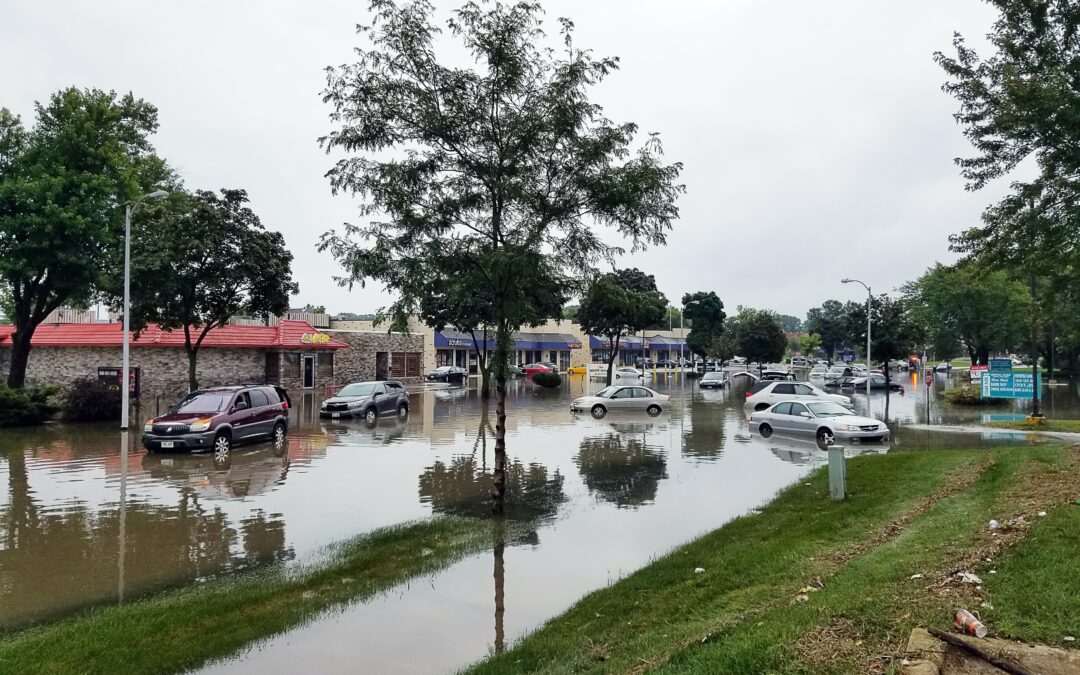Cleaning, drying, and water extraction are just a few of the services available, as are mold removal, repairs, and sanitation. If your property has been flooded, contact a water damage restoration company in Baltimore right away to save the day. The specific procedure is determined by the extent of the water damage in the area.
The difficult upkeep entails preventing water damage or promptly repairing it to avoid worse difficulties. Owning your own home is a large part of the American ideal, but keep in mind that it comes with a lot of responsibility in terms of maintaining it.
Continue reading to understand what to expect during the water damage restoration process.

Step 1: Examine And Assess The Situation
Technicians will establish the category and class of water damage at this stage in order to determine the scope of the problem and the most effective solutions. A comprehensive evaluation and assessment of the property is the first stage in any damage restoration effort.
Clean water and a reliable source of water are under category one.
- 1: Blackwater is filthy and contains toxins that can cause significant illness.
- 2: Dishwasher or washing machine grey water that is still quite clean.
- 3: Water damage is classified into four classes based on its impact on property.
Higher values correspond to higher water absorption levels:
- 1: The entire rooms drenched, including the carpeting and walls.
- 2: Minimal damage, with only a tiny portion of a room or house absorbing moisture.
- 3: Specialized drying requires for stone, hardwood, concrete, and other materials.
- 4: The damage has spread to the upper portions of the walls and may have impacted the ceiling.
Step 2: Getting Rid Of The Water And Moisture
The sort of equipment required depends on the amount of water present and the extent of the property’s water damage. Water pumps and vacuum cleaners used to remove water from the premises.
It could spread water across the property, saturating more areas and encouraging mold growth. Because of this danger, draining the water as soon as possible is essential for proper repair. Water can seep through construction materials like drywall and carpeting.
Step 3: Dehumidify And Dry The Area.
After the majority of the water has been removed, it is now necessary to dry off all of the property’s surfaces. Technicians employ modern dehumidification equipment to completely dry the area. It is critical to ensure that all moisture has been eliminated.
Because of the nature of the material, if the majority of your homemade concrete, it will take longer to dry. Depending on how much water has been removed, the process can take a few days or weeks.
Step 4: Disinfect And Clean The Area
This involves antibacterial remedies for all surfaces as well as any impacted furniture that may be utilized again in the future. The property is checked for any mold infestations after it has dried. The space carefully cleaned and disinfected.

Step 5: Clean Up the Area and Inspect for Damages
If the water damage is minor, however, all that requires appropriate drying and cleaning.
Last but not least, all damaged items must be removed from the premises. If the damage is severe enough, all of the affected construction materials must be replaced by new ones.
Conclusion
Remember that mold grows in damp settings, therefore any standing water in your walls, floors, or ceilings must be thoroughly dried and cleaned. Regardless of the source, all sorts of water leaks must be repaired as soon as possible to minimize subsequent issues and to allow the property to be refurbished.
The items that surround your house are taken care of by us, so you don’t have to worry about them. We’d love to hear from you, so please do!


Recent Comments